The rug industry survived the decline of the Mughal dynasty. Now Kashmir (a region of South Asia, about 2/5 weakly controlled by Pakistan and the rest controlled by India) is the leader of the Indian Carpet industry. The origin of the Kashmiri carpet dates back to the 15th century.
Kashmir Carpet with garden design
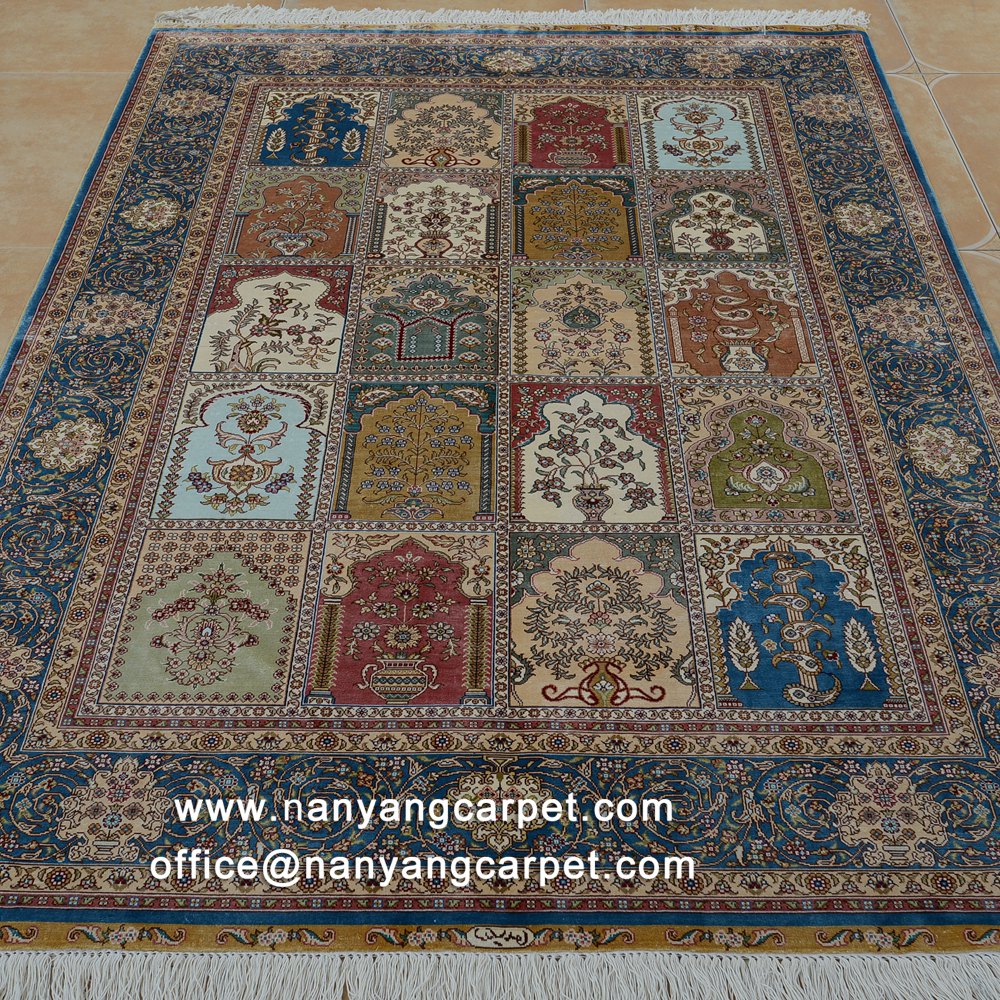
According to Kashmiri history, King Kashmir Zain-ul-Abedin brought back the craftsmen from Persia to teach the carpet weaving skills to the local craftsmen of the Kashmir Valley, while the local craftsmen were already mastered the crafts of the famous Kashmiri textiles. In the 15th century, he introduced Kashmir to the complete assembly line of carpets from weaving to cutting and cleaning. Due to his interest in the carpet industry, the Kashmir carpet industry was booming during this period.
Oval Blue Carpet

However, after this boom, the Kashmiri carpet industry was severely frustrated until the Mughal dynasty.
In the mid-18th century, the Dogras family ruled Kashmir, and the then ruler Maharaja Ranbir Singh showed a relatively strong interest in Kashmiri carpets. During this period, the production and quality of carpets have made great progress. At the time, Kashmiri carpets were well known and it even became one of the few treasures given by the king. It is only found in the royal family and the royal palace in India and Central Asia.
Large carpet
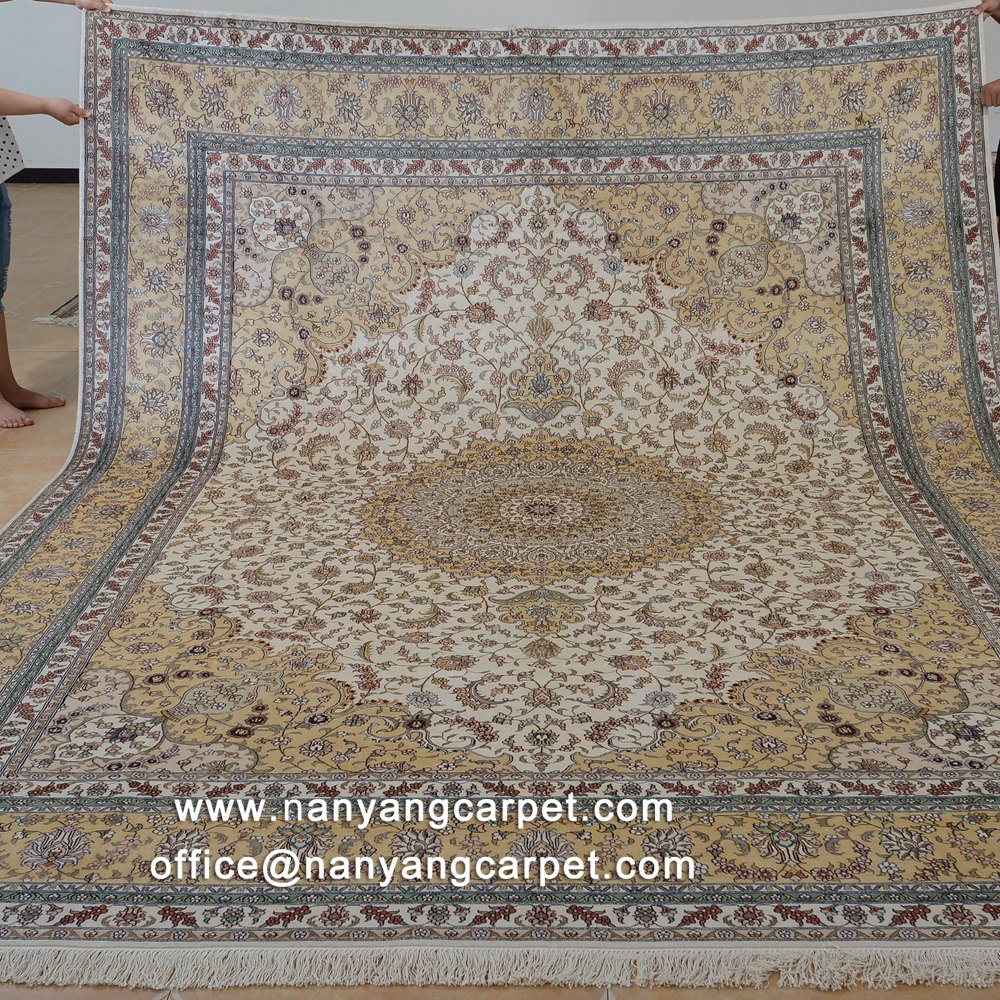
In the early 19th century, Kashmir rugs emerged in the international market and immediately gained international attention. Kashmir also became one of the best sources of hand-woven rugs in the world. Many European companies, like The East India Co., have a great interest in the carpet industry here and have quickly built factories in Kashmir. In this way, the mass production and export of carpets began, and it continues to this day.
Round Red Indian Carpet
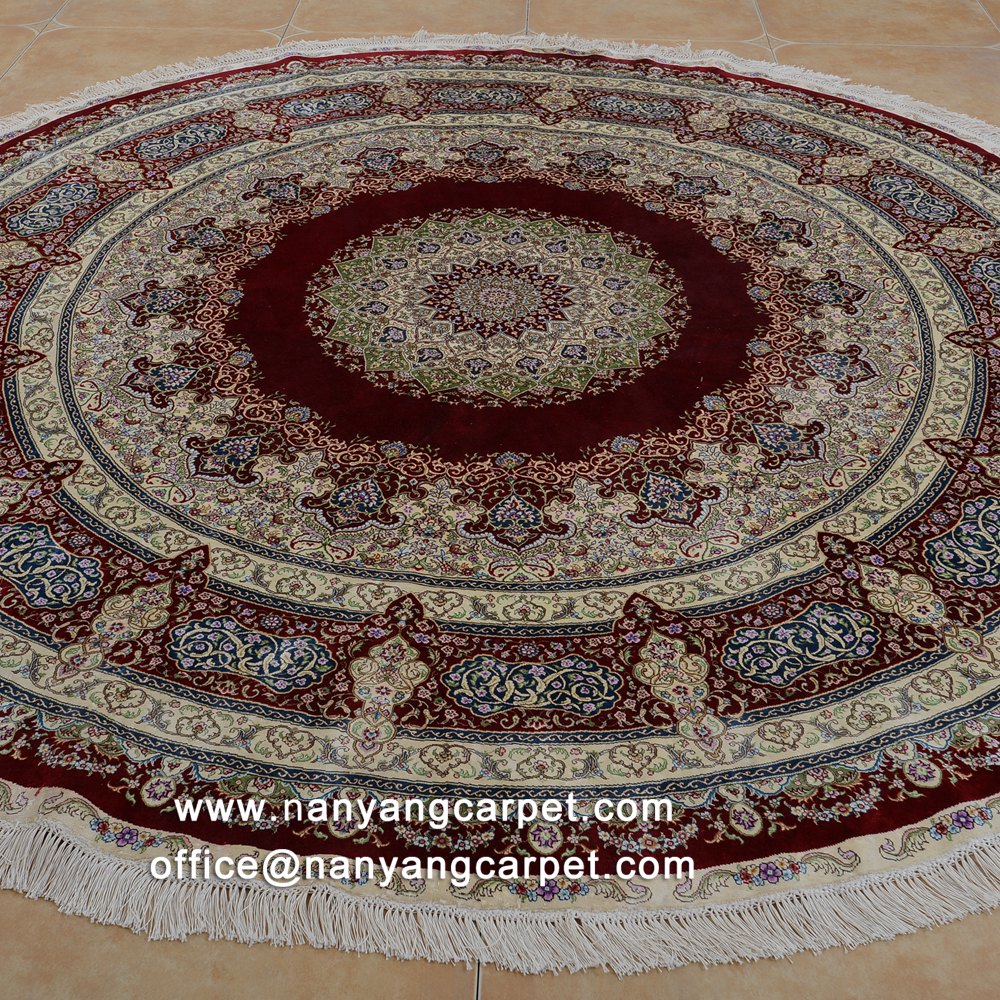
The color of the Kashmir carpet makes it extremely distinguishable from other carpet varieties. Kashmiri carpets are light in color, less noticeable, and never stand out in bright colors. The yarns of Kashmiri carpets are dyed with plants and other natural colors. The material of the yarn is mainly cotton and silk, or a combination of the two. The most common is the cotton Silk Carpet. Silk Carpets usually have some cotton filaments inside. Although silk carpets often form the essence of the industry, cotton blankets are still much more common, mainly because their prices are relatively more advantageous.
Light Color Indian Carpet
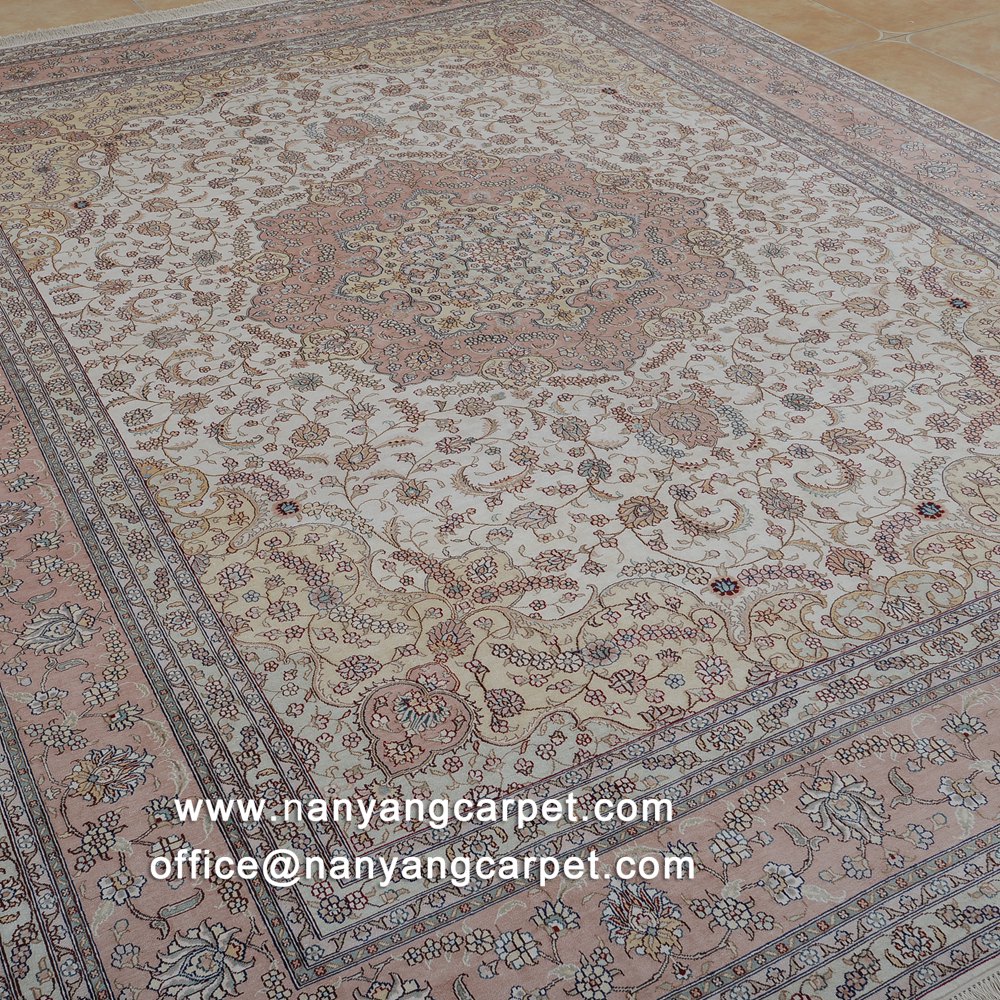
Like the Persian blanket, the durability of the Kashmir blanket is also determined by the number of knots, and of course the number also determines its price. Another point that is also worth noting is the choice of color and design. Indian carpets often have single-sided knots and double-sided knots. Single-sided knotted carpets are generally more fluffy and softer than double-sided knotted carpets.
The back side of Handmade Silk Carpet
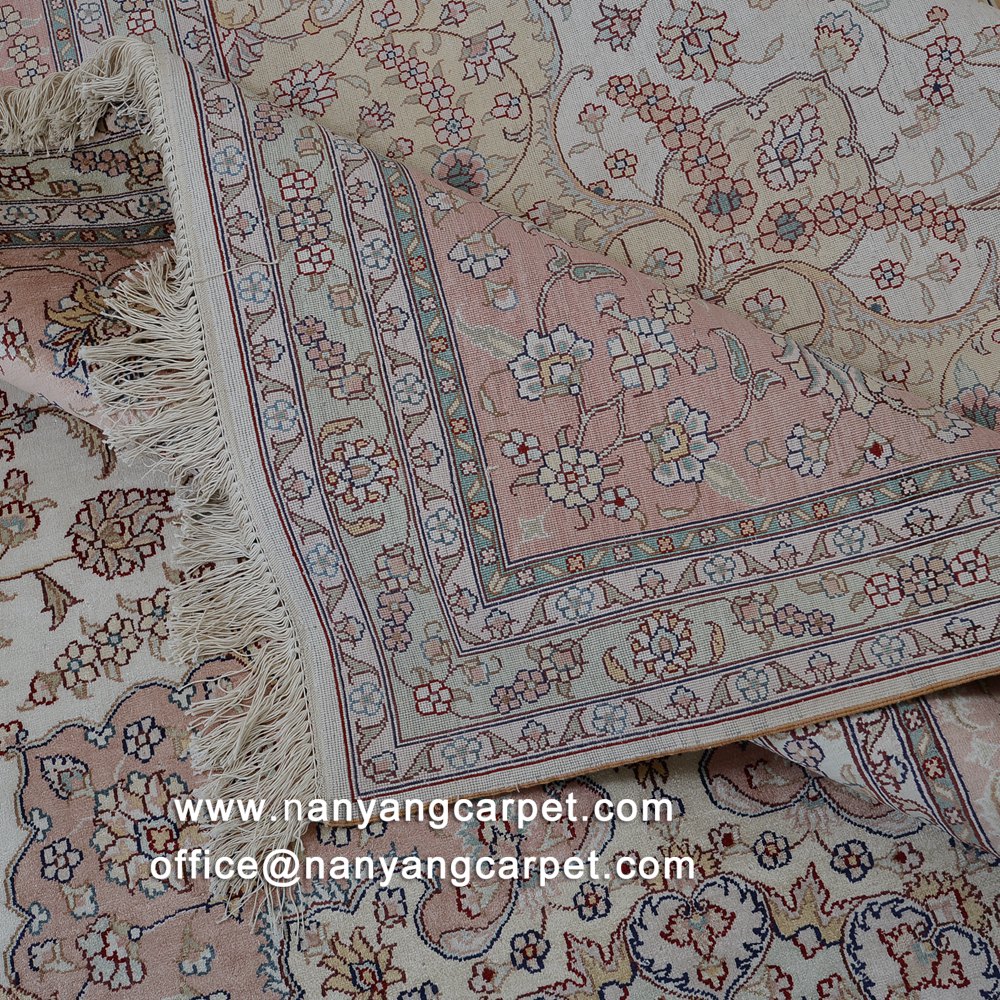
The special feature of the common Indian carpet is its elegant design, unique graphics, color matching and the quality of its materials. These characteristics make Indian carpets stand out in the world carpet industry.
Indian rugs are as durable as Persian rugs. After all, it was originally how the Persian church Indian craftsmen woven carpets, which is why today's Indian rugs and Persian rugs are as precious. Many people will buy an Indian carpet as an investment and use it as a lifetime of wealth.
www.nanyangcarpet.com
Email: office@nanyangcarpet.com
WhatsApp/Phone: +86 150 3823 8579
没有评论:
发表评论